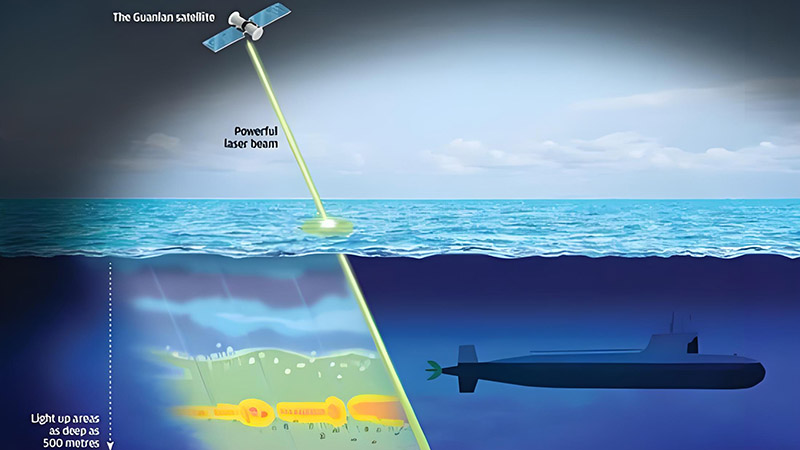1. Hydrographic Surveying

Case Study: Mapping the Great Barrier Reef
- Objective: To survey shallow waters of the Great Barrier Reef with precision, where traditional sonar struggles.
- Performance: The shipborne LiDAR system provided high-resolution bathymetric data, capturing details in depths less than 10 meters. The use of green laser wavelengths enhanced penetration through the clear, shallow waters, revealing intricate underwater features.
- Challenges: The system faced challenges with signal attenuation in turbid water, limiting its effective depth. Adjustments in laser settings mitigated some of these issues.
- Outcome: The survey successfully mapped the complex reef structure, uncovering new features. The data has been crucial for updating nautical charts and supporting conservation initiatives.
2. Obstacle Detection and Navigation
Case Study: Arctic Ice Detection
- Objective: To improve navigation safety in ice-covered Arctic waters by detecting ice floes and icebergs.
- Performance: The LiDAR system was integrated into the ship’s navigation suite, offering real-time detection of ice formations. The high-resolution data allowed for the identification of smaller, potentially hazardous ice chunks that are often missed by radar.
- Challenges: Harsh weather conditions and low visibility posed challenges, but the LiDAR’s ability to operate in various light conditions proved advantageous.
- Outcome: The system enhanced situational awareness, significantly reducing the risk of collisions with ice, thereby improving the overall safety of Arctic maritime operations.
3. Coastal Monitoring
Case Study: Erosion Monitoring Along the Gulf Coast
- Objective: To monitor coastal erosion and sediment deposition along vulnerable shorelines.
- Performance: Shipborne LiDAR was used to scan the coastline, capturing changes in coastal topography over time. The data provided insights into erosion rates and helped in assessing the impact of storms.
- Challenges: The varying tidal conditions required careful timing of surveys to ensure consistency in data collection.
- Outcome: The LiDAR data was instrumental in developing more accurate coastal management strategies, aiding in the design of protective measures against erosion.
4. Environmental Assessment
Case Study: Monitoring Marine Habitats
- Objective: To assess the health of marine habitats, such as seagrass beds and coral reefs, using non-invasive methods.
- Performance: LiDAR provided detailed mapping of the seafloor, allowing for the assessment of habitat distribution and condition. The system’s high resolution enabled the detection of subtle changes in habitat structure.
- Challenges: Water clarity and depth influenced the quality of data, with deeper or murkier areas presenting limitations.
- Outcome: The assessments guided conservation efforts by identifying areas in need of protection and restoration, supporting sustainable management of marine resources.


